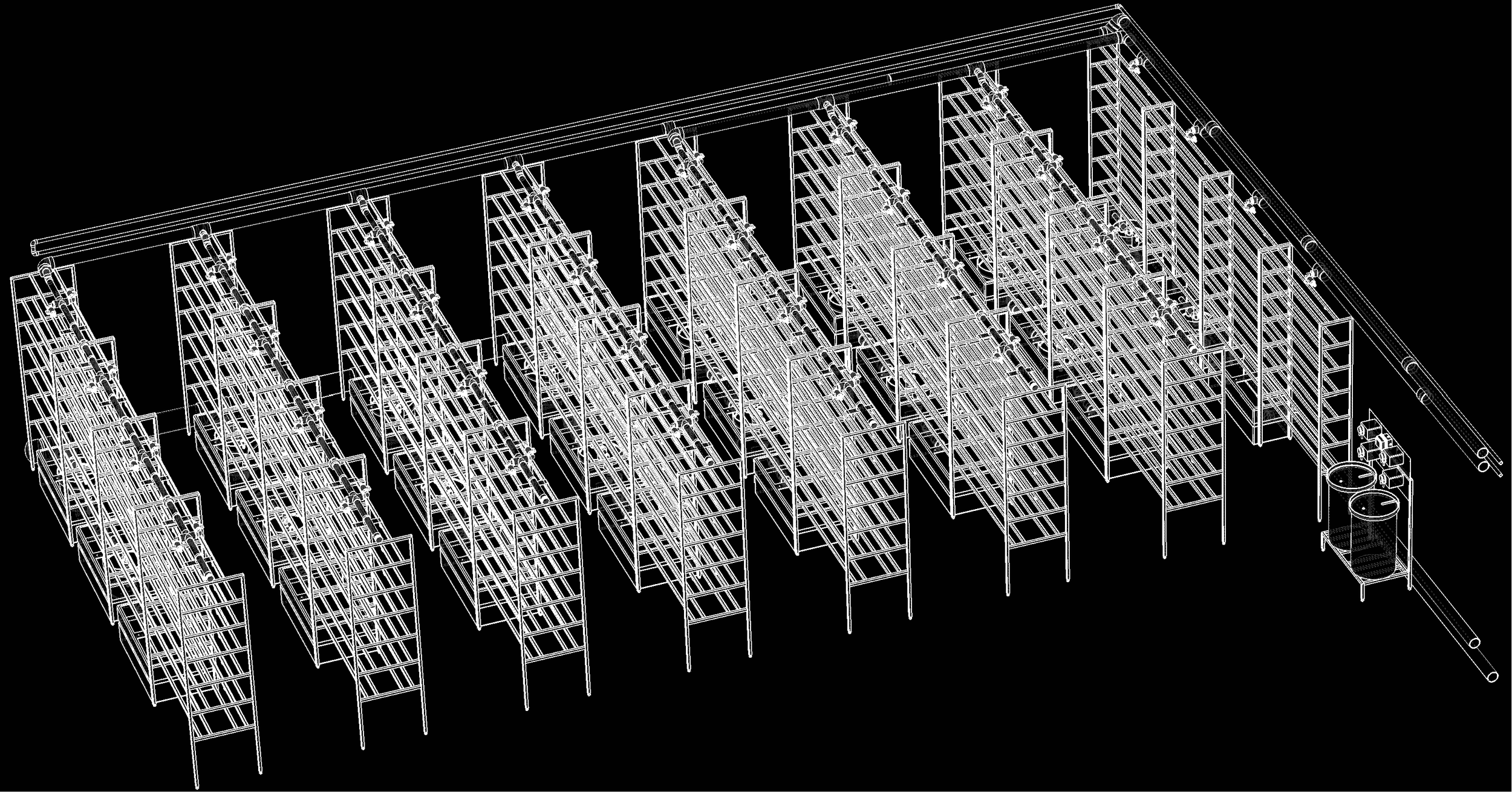What is Zebrafish Housing System?
Introduction: The Importance of Zebrafish in Biomedical Research
Zebrafish (Danio rerio) have become a cornerstone of biomedical research due to their genetic similarity to humans, rapid development, and transparency during early development. Since their introduction as a model organism in the 1970s, zebrafish have been widely used for research in genetics, neurobiology, developmental biology, and toxicology. Their small size, high fecundity, and ability to thrive in controlled environments make them an ideal choice for laboratory studies.
To ensure the health and well-being of zebrafish in research facilities, specialized zebrafish housing systems have been developed. These housing systems are designed to provide optimal water quality, temperature regulation, and filtration, ensuring that zebrafish are maintained in a stable and healthy environment. This article explores the key elements of zebrafish housing systems and the advantages of using Aquaneering’s turnkey zebrafish housing systems.
Key Elements of Zebrafish Housing Systems
A zebrafish housing system is a sophisticated aquatic environment that simulates natural conditions while providing efficient filtration, aeration, and waste management. The primary components of a high-quality zebrafish housing system include:
1. Water Filtration Systems
Water quality is paramount for zebrafish health, as poor water conditions can lead to disease, developmental abnormalities, and decreased research validity. A robust filtration system consists of multiple layers:
Mechanical Filtration: This stage removes solid debris such as uneaten food and fecal matter. Sponge filters, mesh screens, or sediment filters trap particulates, preventing buildup and maintaining clear water.
Biological Filtration: Beneficial bacteria colonize biofilters and help break down ammonia and nitrites, converting them into less harmful nitrates through the nitrogen cycle. This biological process is essential for maintaining a stable and safe aquatic environment.
Chemical Filtration: Activated carbon filters and other chemical media help remove dissolved organic compounds, heavy metals, and chlorine from the water, ensuring chemical stability.
Ultraviolet (UV) Sterilization: Some advanced systems incorporate UV sterilizers to eliminate harmful pathogens, reducing the risk of infections within the zebrafish colony.
2. Water Quality Parameters
Maintaining optimal water quality is crucial for zebrafish survival. Key parameters that must be monitored and regulated include:
Temperature: Typically maintained at 26–28°C (78–82°F) to mimic their natural tropical environment.
pH Levels: Should be kept between 6.8 and 7.5 to ensure stability.
Dissolved Oxygen: Oxygenation is achieved through aeration systems, ensuring proper gas exchange.
Ammonia and Nitrite Control: These toxic compounds must be removed through effective filtration.
3. Tank Design and Water Flow
Zebrafish tanks are often designed in modular rack systems, allowing for scalable and efficient space utilization. These tanks feature:
Laminar water flow, which promotes healthy swimming behavior.
Individual or centralized filtration setups, depending on research needs.
Clear acrylic or glass construction for easy observation and monitoring.
Advantages of Aquaneering Zebrafish Housing Systems
For researchers looking for reliable zebrafish housing solutions, Aquaneering offers industry-leading systems that stand out for their efficiency, quality, and customization. Some key benefits of Aquaneering’s zebrafish housing systems include:
Turnkey and Custom-Tailored Solutions: Aquaneering designs housing systems that are tailored to the specific needs of research facilities, ensuring the perfect fit for any laboratory size or project requirements.
High Water Quality and Low Maintenance: The state-of-the-art filtration systems reduce maintenance efforts while providing consistently high-quality water conditions, ensuring optimal zebrafish health.
Cost-Effective and Efficient: Compared to other zebrafish housing systems, Aquaneering offers cost-efficient solutions that minimize long-term operational expenses.
Quick Manufacturing and Installation: Aquaneering’s housing systems are designed and manufactured rapidly, allowing research facilities to get up and running in a short period.
Large-Scale Research Facilities: Aquaneering has successfully built zebrafish research facilities with more than 60 racks per system, showcasing their expertise in handling large-scale research demands.
Conclusion
Zebrafish housing is an essential component of maintaining healthy and productive zebrafish colonies for biomedical research. High-quality housing systems must incorporate advanced filtration, optimal water conditions, and scalable tank designs. Aquaneering’s zebrafish housing systems offer a premier solution with turnkey, customizable, cost-effective, and rapidly manufactured options. With extensive experience in building large-scale zebrafish research facilities, Aquaneering remains a trusted leader in the field, ensuring that researchers can focus on their discoveries while maintaining the highest standards of zebrafish care.
For further in-depth information on Zebrafish housing, please refer to this publication: Zebrafish Housing Systems: A Review of Basic Operating Principles and Considerations for Design and Functionality - PMC


